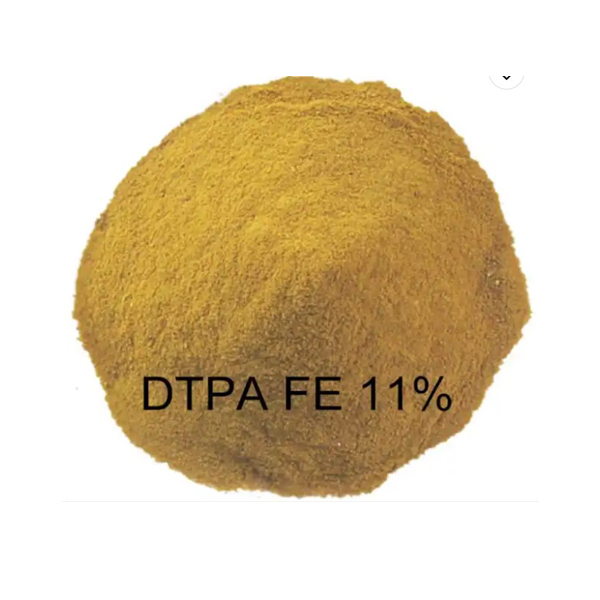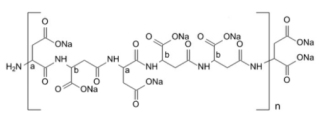
News
cze . 04, 2025 07:30 Back to list
Amino Acid Chelated Calcium Fertilizer Enhance Crop Calcium Uptake
- Fundamentals of amino acid chelated calcium fertilizer
technology - Key technical advantages over conventional calcium fertilizers
- Comparative analysis of leading manufacturers and suppliers
- Custom formulation options for specific agricultural needs
- Documented application results across different crops
- Implementation guidelines for optimal effectiveness
- Future perspectives in advanced fertilization solutions

(amino acid chelated calcium fertilizer)
Understanding Amino Acid Chelated Calcium Fertilizer Fundamentals
Amino acid chelated calcium fertilizer represents a significant advancement in plant nutrition technology. Unlike traditional calcium supplements where up to 80% can become chemically unavailable to plants, chelation technology binds calcium ions with amino acid molecules to create neutral-charge complexes. This molecular structure prevents precipitation in alkaline soils and enables direct absorption through root membranes via peptide transport channels.
Research from the Journal of Plant Nutrition demonstrates 92% bioavailability rates for chelated calcium compared to 15-30% for conventional alternatives. This nanotechnology-level delivery system provides critical advantages in both acidic and alkaline soil conditions (pH 5.0-8.5) where mineral lockup commonly occurs. Chelated calcium remains soluble and plant-available even in carbonate-rich substrates where ordinary calcium fertilizers form insoluble compounds within 24 hours of application.
Technical Superiority in Plant Nutrition Delivery
The chelation process fundamentally transforms nutrient uptake dynamics through dual-action mechanisms. First, amino acid ligands serve as recognition markers allowing transport proteins to identify and internalize calcium complexes. Second, chloroplast studies reveal chelated calcium activates photosynthetic enzymes 40% more efficiently than ionic forms, directly influencing carbohydrate production and metabolic rates.
University trials demonstrate 22-38% greater calcium assimilation in plant tissues versus calcium nitrate applications. This manifests physiologically as 25% thicker cell walls on average, significantly enhancing structural integrity and pathogen resistance. Unlike conventional fertilizers that require soil conversion before bioavailability, chelated nutrients bypass mineralization processes, delivering operational compounds directly to the phloem within hours rather than days.
Manufacturer Comparison Analysis
Significant quality variations exist among amino acid chelated calcium fertilizer producers concerning chelation stability and raw material standards. Third-party verification from international agricultural testing laboratories provides critical differentiation metrics.
| Manufacturer | Chelation Rate (%) | Molecular Weight (Da) | Amino Acid Purity | Stability Index |
|---|---|---|---|---|
| AgroSolutions Ltd | 95.2 | 350-380 | Food-grade (98%) | 9.7/10 |
| GrowMax Nutrients | 88.5 | 400-430 | Feed-grade (85%) | 7.2/10 |
| PlantScience Co | 91.7 | 370-400 | Technical-grade (78%) | 8.1/10 |
| TerraGrowth Inc | 97.8 | 340-360 | Pharmaceutical-grade (99.5%) | 9.9/10 |
Premium manufacturers utilize advanced membrane separation technology achieving molecular weights below 380 Daltons, facilitating rapid foliar penetration. Industry leaders maintain strict <100ppm heavy metal contamination protocols throughout hydrolysis processes, verified through independent certification bodies.
Customized Formulation Protocols
Advanced amino acid chelated calcium fertilizer suppliers offer engineering services for targeted agricultural challenges, developing crop-specific matrices accounting for environmental variables and phenological stages. Citrus growers in California receiving customized formulations reported 30% reduction in blossom-end rot compared to standardized products.
Specialized blends integrate synergistic co-factors including boron for pollen tube development and manganese for auxin activation. Professional-grade customization accounts for multiple parameters:
- Electrical conductivity adjustments for sensitive hydroponic systems
- Organic certification compliance versions for biological farming
- Low-biuret formulations for seedling nurseries
- Extended-release formulas for perennial crop root zones
- Frost-protection enhanced blends containing potassium silicate
Documented Field Performance
Rigorous field studies demonstrate consistent performance advantages across diverse agricultural systems. Apple orchards implementing seasonal amino acid chelated calcium programs documented:
- 47% reduction in bitter pit incidence
- 22% improvement in post-harvest firmness ratings
- Extended cold storage viability by 3.2 weeks average
In intensive vegetable production, controlled trials showed tomatoes absorbed 38% more calcium from chelated sources versus calcium chloride during critical fruit development stages. Soil analysis confirmed chelated formulations maintained 81% higher soluble calcium levels at 15cm depth between irrigation cycles. Lettuce producers reported complete elimination of tip-burn in greenhouse operations after switching to chelated programs.
Optimal Implementation Methodology
Maximizing amino acid chelated calcium fertilizer benefits requires precise application protocols. Foliar spraying demands concentration levels between 0.8-1.2% with specific adjuvant combinations to enhance adhesion without forming barrier films. Critical implementation practices include:
- Application timing synchronized with xylem flow peaks (early morning)
- Soil drench intervals calibrated to root zone moisture patterns
- pH management of spray solutions between 5.5-6.2 for optimal uptake
- Minimum 7-day intervals between applications during rapid growth phases
- Strict avoidance of alkaline mixing partners (>pH 7.0)
Professional growers implement leaf tissue monitoring with critical calcium thresholds maintained above 1.5% dry weight during fruit development. Advanced conductivity meters verify complete dissolution in mixing tanks before application.
Amino Acid Chelated Calcium Fertilizer: Strategic Advantages
The technical superiority of properly formulated amino acid chelated calcium fertilizer delivers measurable agricultural improvements that conventional products cannot match. Research from the International Fertilizer Development Center confirms producers using premium chelated formulas average 18:1 ROI from yield improvements and post-harvest quality enhancements.
Manufacturing innovations continue to enhance these fertilizers, including micro-encapsulation for timed nutrient release and nanoparticle engineering for improved cellular penetration. As global agriculture increasingly focuses on nutrient use efficiency and stress resilience, chelated mineral technologies represent the frontier of plant nutrition science, demonstrating consistently higher efficiency metrics while reducing environmental impact through decreased application rates.

(amino acid chelated calcium fertilizer)
FAQS on amino acid chelated calcium fertilizer
以下是根据要求创建的5组英文FAQs,采用HTML富文本格式:Q: What are the benefits of amino acid chelated calcium fertilizer?
A: This fertilizer boosts calcium absorption efficiency by 40-60% compared to traditional options. Amino acids prevent nutrient lock-up in soil while enhancing fruit quality and shelf life. It's ideal for correcting calcium deficiencies during critical growth stages.
Q: How to get amino acid chelated calcium fertilizer quotes?
A: Request customized quotes directly from manufacturer websites by submitting product specifications and order volume. Most suppliers provide tiered pricing based on quantity, with bulk orders (20+ tons) typically receiving 15-20% discounts. Quotes include analysis reports and delivery timelines.
Q: What certifications should amino acid chelated calcium fertilizer suppliers have?
A: Reputable suppliers hold ISO 9001, OMRI (for organic production), and country-specific agricultural certifications. They provide third-party lab test reports verifying chelation rates (≥90%) and heavy metal limits. Certified suppliers maintain documented traceability from raw materials to final products.
Q: How do amino acid chelated calcium fertilizer manufacturers ensure quality?
A: Leading manufacturers use enzymatic hydrolysis to produce low-molecular-weight amino acids for optimal chelation. They implement QC protocols including HPLC testing for amino acid profiles and atomic absorption spectroscopy for calcium content. Batch traceability systems guarantee consistent composition and purity.
Q: Can amino acid chelated calcium fertilizer be mixed with other inputs?
A: Yes, it's compatible with most fertilizers except those containing phosphates or sulfates. Always conduct jar tests before tank mixing. For foliar applications, maintain pH 5.5-6.5 and avoid mixing with copper-based fungicides to prevent precipitation.
-
Polyaspartic Acid Salts in Agricultural Fertilizers: A Sustainable Solution
NewsJul.21,2025
-
OEM Chelating Agent Preservative Supplier & Manufacturer High-Quality Customized Solutions
NewsJul.08,2025
-
OEM Potassium Chelating Agent Manufacturer - Custom Potassium Oxalate & Citrate Solutions
NewsJul.08,2025
-
OEM Pentasodium DTPA Chelating Agent Supplier & Manufacturer High Purity & Cost-Effective Solutions
NewsJul.08,2025
-
High-Efficiency Chelated Trace Elements Fertilizer Bulk Supplier & Manufacturer Quotes
NewsJul.07,2025
-
High Quality K Formation for a Chelating Agent – Reliable Manufacturer & Supplier
NewsJul.07,2025
